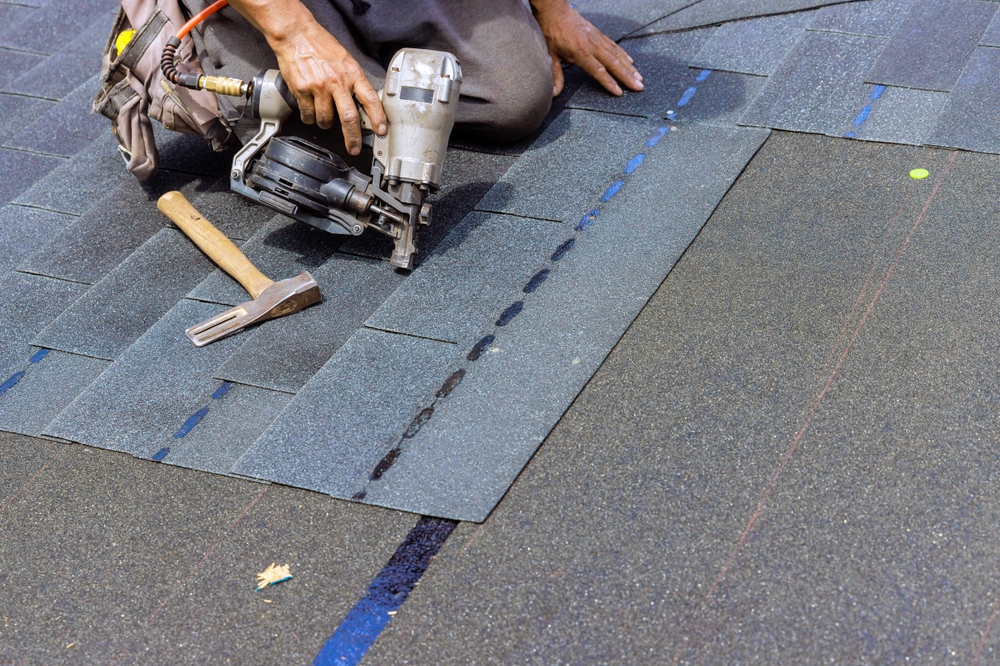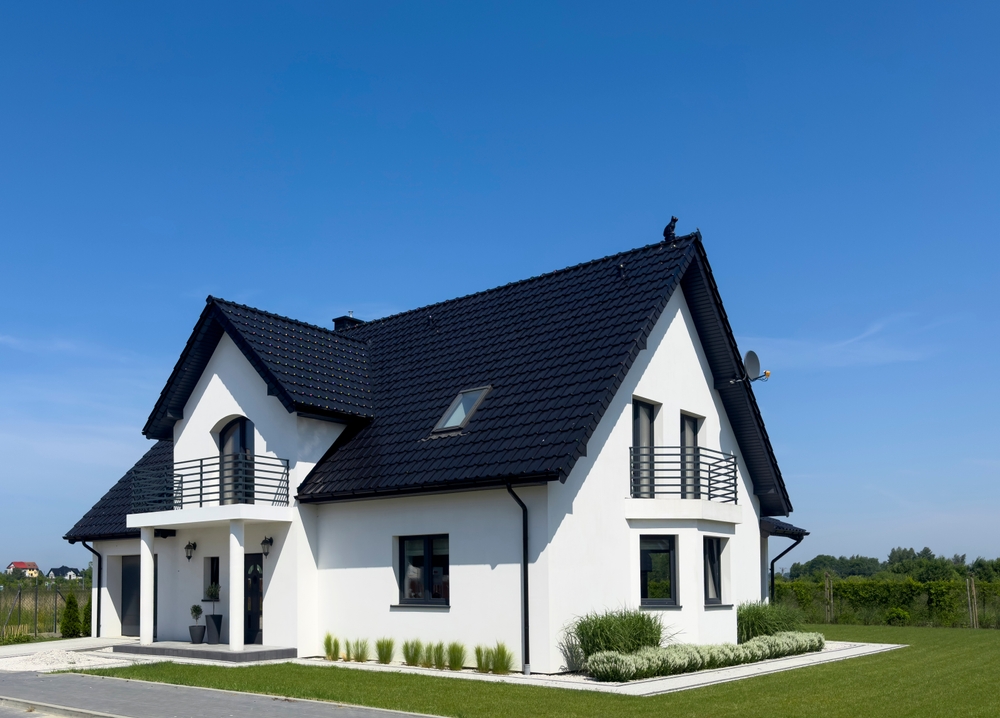Table of Contents
- Introduction to Orlando’s Climate and Roofing Challenges
- Common Roofing Challenges in Orlando
- Heat and UV Damage
- Moisture and Humidity Issues
- Storm and Hurricane Damage
- Algae and Mold Growth
- Wind Damage
- How to Overcome Orlando’s Roofing Challenges
- Choosing the Right Materials
- Ensuring Proper Ventilation and Insulation
- Scheduling Regular Maintenance
- Investing in Storm-Resistant Features
- Preventing Algae and Mold Growth
- Hiring a Roofing Contractor in Orlando
- Future-Proofing Your Roof
- Cost Considerations for Roofing in Orlando
- Conclusion
Orlando, Florida, is known for its sunny skies, tropical climate, and occasional severe weather. While the area’s warm weather is a draw for residents and tourists alike, it presents unique challenges for homeowners, especially when it comes to roofing. Orlando’s climate, characterized by high heat, humidity, heavy rains, and hurricane risks, can take a toll on roofing materials and structures, leading to maintenance issues, reduced lifespan, and costly repairs.
This comprehensive guide explores the most common roofing challenges faced by Orlando homeowners and offers practical solutions to overcome them.
1. Introduction to Orlando’s Climate and Roofing Challenges
Orlando experiences a subtropical climate with hot summers, mild winters, and frequent rainfall. The city is also prone to severe weather events, such as thunderstorms, hurricanes, and tropical storms. These factors create significant stress on roofing systems, making it essential for homeowners to understand potential challenges and adopt preventative measures.
2. Common Roofing Challenges in Orlando
1. Heat and UV Damage
Problem:
- Prolonged exposure to Orlando’s intense sunlight and high temperatures can cause roofing materials to deteriorate.
- Shingles may warp, crack, or lose granules, while metal roofs can expand and contract, leading to structural stress.
Effects:
- Reduced lifespan of roofing materials.
- Increased cooling costs due to heat transfer into the home.
2. Moisture and Humidity Issues
Problem:
- High humidity levels in Orlando can cause condensation under roofing materials, leading to moisture buildup.
- Prolonged dampness promotes wood rot, structural weakening, and insulation damage.
Effects:
- Mold and mildew growth.
- Compromised structural integrity.
3. Storm and Hurricane Damage
Problem:
- Orlando’s hurricane season brings high winds, heavy rain, and flying debris that can damage roofs.
- Flash flooding during storms can overwhelm drainage systems, leading to water pooling on flat roofs.
Effects:
- Missing or damaged shingles.
- Water infiltration and leaks.
- Expensive emergency repairs.
4. Algae and Mold Growth
Problem:
- Orlando’s warm and humid environment creates an ideal breeding ground for algae, moss, and mold on roofs.
- Dark streaks caused by algae can be unsightly and damage the roof’s surface.
Effects:
- Reduced curb appeal.
- Degradation of roofing materials.
Also Read: The Complete Guide to Residential Roofing in Orlando
5. Wind Damage
Problem:
- Strong winds during thunderstorms and hurricanes can lift shingles or panels, exposing the roof to water infiltration.
- Debris carried by winds can puncture roofing materials or clog gutters.
Effects:
- Increased vulnerability to leaks.
- Shortened roof lifespan.
3. How to Overcome Orlando’s Roofing Challenges
1. Choosing the Right Materials
Solution:
- Use materials that are heat-resistant, durable, and suitable for Orlando’s climate.
- Recommended materials include:
- Metal Roofing: Reflects sunlight and resists heat damage.
- Tile Roofing: Durable and well-suited for hot climates.
- Cool Roofs: Coated with reflective materials to reduce heat absorption.
Benefits:
- Enhanced durability.
- Lower cooling costs.
2. Ensuring Proper Ventilation and Insulation
Solution:
- Install a balanced ventilation system, including ridge vents, soffit vents, and attic fans.
- Use high-quality insulation to prevent heat transfer and moisture buildup.
Benefits:
- Regulated attic temperature.
- Reduced risk of condensation and mold growth.
3. Scheduling Regular Maintenance
Solution:
- Conduct roof inspections at least twice a year, particularly before and after hurricane season.
- Clean gutters and downspouts regularly to ensure proper drainage.
- Replace damaged shingles or tiles promptly.
Benefits:
- Early detection of issues.
- Extended roof lifespan.
4. Investing in Storm-Resistant Features
Solution:
- Install hurricane clips or straps to secure the roof structure.
- Choose shingles or materials rated for high wind speeds (110 mph or more).
- Use reinforced underlayment for added water resistance.
Benefits:
- Better protection during severe weather.
- Reduced risk of storm-related damage.
5. Preventing Algae and Mold Growth
Solution:
- Use algae-resistant shingles treated with copper or zinc granules.
- Apply biocide treatments to prevent mold and algae buildup.
- Trim nearby trees to reduce shade and allow better airflow.
Benefits:
- Improved roof aesthetics.
- Preservation of roofing materials.
4. Hiring a Roofing Contractor in Orlando
Selecting the right roofing contractor is crucial for addressing Orlando’s roofing challenges. Look for contractors with:
- Experience: Familiarity with Florida’s climate and building codes.
- Credentials: Proper licensing, insurance, and certifications from manufacturers.
- Local Knowledge: Expertise in hurricane-resistant and energy-efficient roofing.
5. Future-Proofing Your Roof
To ensure your roof remains resilient in Orlando’s climate:
- Invest in sustainable roofing materials, such as solar panels or recycled shingles.
- Consider installing a green roof for insulation and stormwater management.
- Opt for advanced technology, like self-healing shingles or smart roof sensors.
6. Cost Considerations for Roofing in Orlando
Factors Influencing Costs
- Material Choice: Metal and tile are more expensive upfront but offer greater durability.
- Roof Size and Pitch: Larger or steeper roofs require more materials and labor.
- Permits and Regulations: Complying with Florida’s strict building codes may increase costs.
Average Costs
- Asphalt Shingles: $5,000–$15,000
- Metal Roofing: $10,000–$25,000
- Tile Roofing: $15,000–$50,000
7. Conclusion
Orlando’s unique climate presents significant challenges for residential roofing, including heat damage, humidity-related issues, storm impact, and algae growth. By understanding these challenges and implementing the solutions outlined in this guide, homeowners can protect their roofs, reduce maintenance costs, and extend the life of their investments.
Whether it’s choosing the right materials, investing in storm-resistant features, or working with a qualified roofing contractor, proactive measures ensure your roof can withstand Orlando’s weather conditions while enhancing the comfort and safety of your home.



